Disco
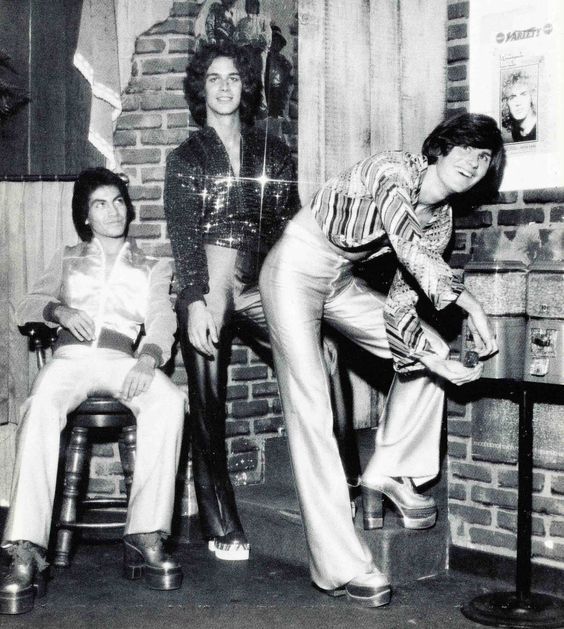
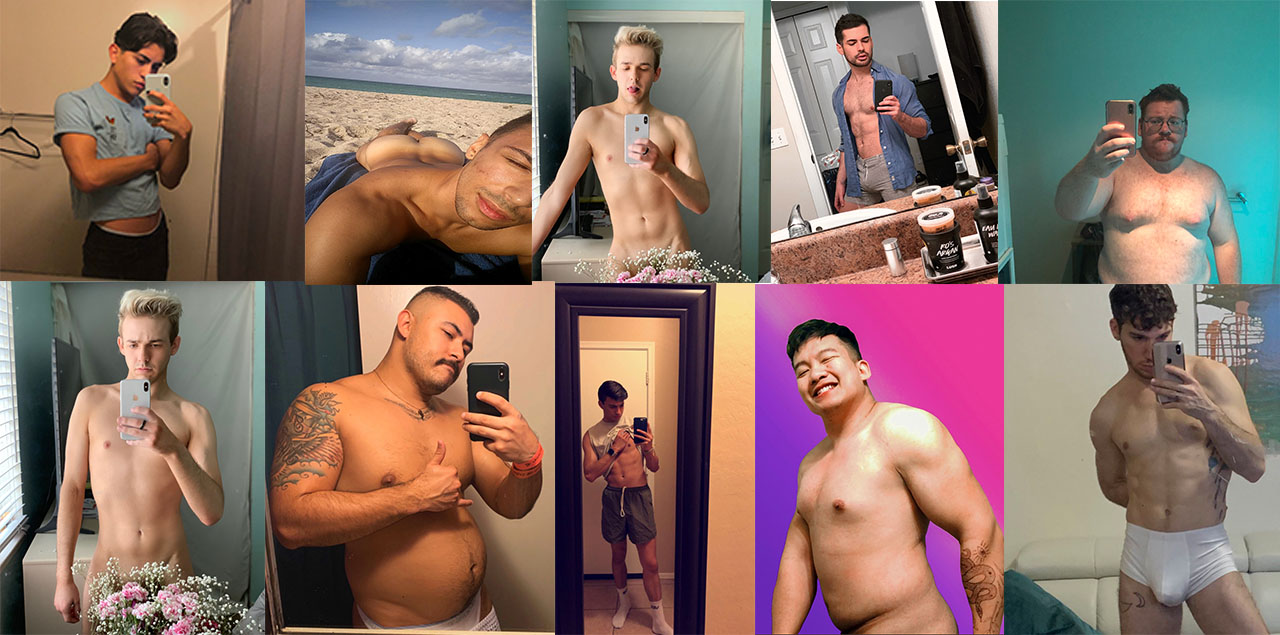
Orlando Soria, 36, is a blue-eyed, fit man with broad shoulders and deep dimples. He's someone who seems to have it all: great looks, talent and even his own interior desiging show, HGTV's “Unspouse My House.” He could even pass for a Calvin Klein model, showing off his Calvins in ads featuring his pretty face.
But Soria's story illustrates how even a young gay man like him, who seems to have everything going for him, is still not immune to the pressure many in his community feel to have a perfect body. Nor is he unaffected by the mental health challenges that can result from chasing such unattainable ideal.
And this pressure is prevalent in the gay community, even though some gay men think of body dysmorphia and body dissatisfaction as a “girl's disease.” In reality, body dysmorphia and body dissatisfaction is not limited to any gender identity or sexual orientation.
Body dysmorphia is a mental disorder, which makes people who suffer from it become obsessed with specific aspects of their bodily appearance they deem flawed. Their self-regard may grow into a more general dissatisfaction with their bodies and could also lead to eating disorders, said Zach Rawlings, a Denver counselor who sees a number of gay clients who suffer from body dysmorphia.
A lot of the gay lingo that is used throughout this story is explained in a fun, visual way in this video.
Soria wrote a blog post in 2012 in which he listed 10 reasons why he—and other gay men—hated their body at times.
“Because we are surrounded by images of perfect bodies,” he began. “Because of fear... Fear of being alone... of being rejected.”
And although his post was supposed to raise awareness about the psychological impact that body-image pressures can have on gay men, much of the gay community didn't approve of it and actually received a lot of backlash.
“People criticized me as this kind of horrible representative of the inner community that I myself felt alienated from,” Soria said in an interview.
Despite the negative feedback, Soria's article was pointing out a phenomenon that was all too real. Trends on social media and research show that many gay men experience poorer mental health and self-esteem when they follow accounts that share images of other gay men who are lean and attractive on Twitter or Instagram.
Photos like these are called thirst traps—images of gay, lean men who are often semi-nude, if not fully undressed.
Thirst traps, however, are not foreign to the heterosexual community, nor to the lesbian community, because the goal of one is to get attention online and be seen as sexy.
Gay thirst traps posted on Instagram have often featured the hashtag #InstaGay, which is typically followed by other hashtags that indicate the type of gay subculture they identify. Twitter-based thirst traps do not usually include these hashtags.
Other hashtags that InstaGays use on Instagram are: #daddy, describing an older man with a muscle, but not lean, body; #twink, referring to a younger man with a skinny body, little muscle and no fat; #bear, a thicker man who is older, hairy, teddy bear-like; and #cub, a younger version of a bear. These are only a few of many types of gays within the community.
These images often lead gay men to feel a dissatisfaction with their bodies, which can trigger sadness, depression and other mental illnesses, according to Rawlings.
Rawlings said in an interview that spending time in the closet before coming out may negatively affect gay men's body image and could lead to dissatisfaction, dysmorphia and eating disorders.
“We are seeing that many gay men cope in the closet by focusing on competition, financial and career success, and physical attractiveness,” Rawlings said. “When physical beauty is used to buffer yourself from rejection in and out of the closet, it can be a set up for more dissatisfaction and unattainable standards.”
Gay men are raised with specific ideas about what it means to be men, and they may be unwilling to speak about their body issues because they see it as a “girl issue,” according to Sara Cibralic and Janet Conti, co-authors of a 2017 qualitative research on men's body image.
The gay community doesn't get a lot of attention or research regarding mental health and body dissatisfaction, which makes it difficult for gay men to open up about it, Cibralic and Conti added in their research.
The lesbian community, in contrast, has been the subject of more attention and research on body image and obesity concerns. This is due to the fact that lesbians are more likely to engage in alcohol binge drinking, and adds to the risk of becoming overweight or obese.
This is alarming considering that gay men represent about five percent of the overall male population, but make up 42 percent of the men who suffer from eating disorders, according to the National Eating Disorders Association.
“Body dissatisfaction is one of the highest risk factors for the development of an eating disorder, which could help us understand why we see more eating disorders among gay men than heterosexual men,” Rawlings said.
He also emphasized that interacting with social media platforms that feature “thirst trap influencers will trigger all of these dissatisfactions,” and encouraged gay men experiencing body dysmorphia symptoms to talk about it in order to help change the narrative.
New York City-based psychotherapist Mark O'Connell said in an interview that he agrees with the claims that Orlando Soria made in Soria's body image-focused blog post.
“Certainly images of perfect bodies on social media will trigger feelings of inadequacy, but the real internal trauma—that those images are triggering—is already there,” O'Connell said. “The self-hatred inside each of these men has been cultivating from a very early age.”
Also, data shows that gay men who fall within the normal weight of the body mass index are more happy about their appearance, whereas those who fall along the overweight or obese spectrum express a dissatisfaction with their appearance.
Moreover, gay men with spouses compare their own physiques with their own partners' because the majority think that by being equally fit, if not more fit than the other, they will somehow be able to stay together with their partner for a longer period of time, according to a 2016 study.
Those who are single or actively dating feel as though they're in competition to attract more men, so they, too, compare their bodies to other gay men's, according to that same study.
That's exactly what happened to Soria when he compared himself to his ex-boyfriend.
“If you're a gay guy with a boyfriend, this is what he sees every day in the locker room: there are naked dudes all over... with perfect bodies,” he said, adding that he used to get scared just thinking about his ex-boyfriend potentially comparing him to those locker room guys.
This behavior tends to lead into binge exercising, which can affect their social lives. Men struggling with food issues and body image may also start eating less, which can lead to eating disorders.
“What [gay men] have in common is a deep-seated belief that at the core they are not worthy of being loved,” O'Connell said. “They believe it is their burden to punish themselves—by working out excessively and/or starving themselves and/or contorting their bodies in various ways—in order to attract loving attention.”
As a gay man, O'Connell sympathizes with the stories gay men share with him. “Living in this horribly homophobic, effemephobic, misogynistic world, I am not invincible to the hateful messages that are hurled at us,” he said.
This is why, O'Connell said, he doesn't easily jump into a “let me fix you” mode. Instead, he assumes the role of an active listener. He wants gay men experiencing body dissatisfaction or poorer mental health due to body image struggles to learn how to love themselves and accept the love those around them have to offer.
And although those who post thirst traps can create a toxic environment for other gay men by conveying the message that their body is not ideal, others who post such photos are using their thirst traps with different intentions.
Angel Garcia, 29, posts thirt trap images of himself on social media feeds, with more than 18,000 followers on Twitter and 5,000 on Instagram, and his photo likes ranging in the thousands.
In his photos he shows off his buff, hairy arms, his puffed chest and his well-defined, thick thighs. His body could be categorized as beefy and daddy-like among the gay community. And if that isn't enough, he has a charming Colgate smile.
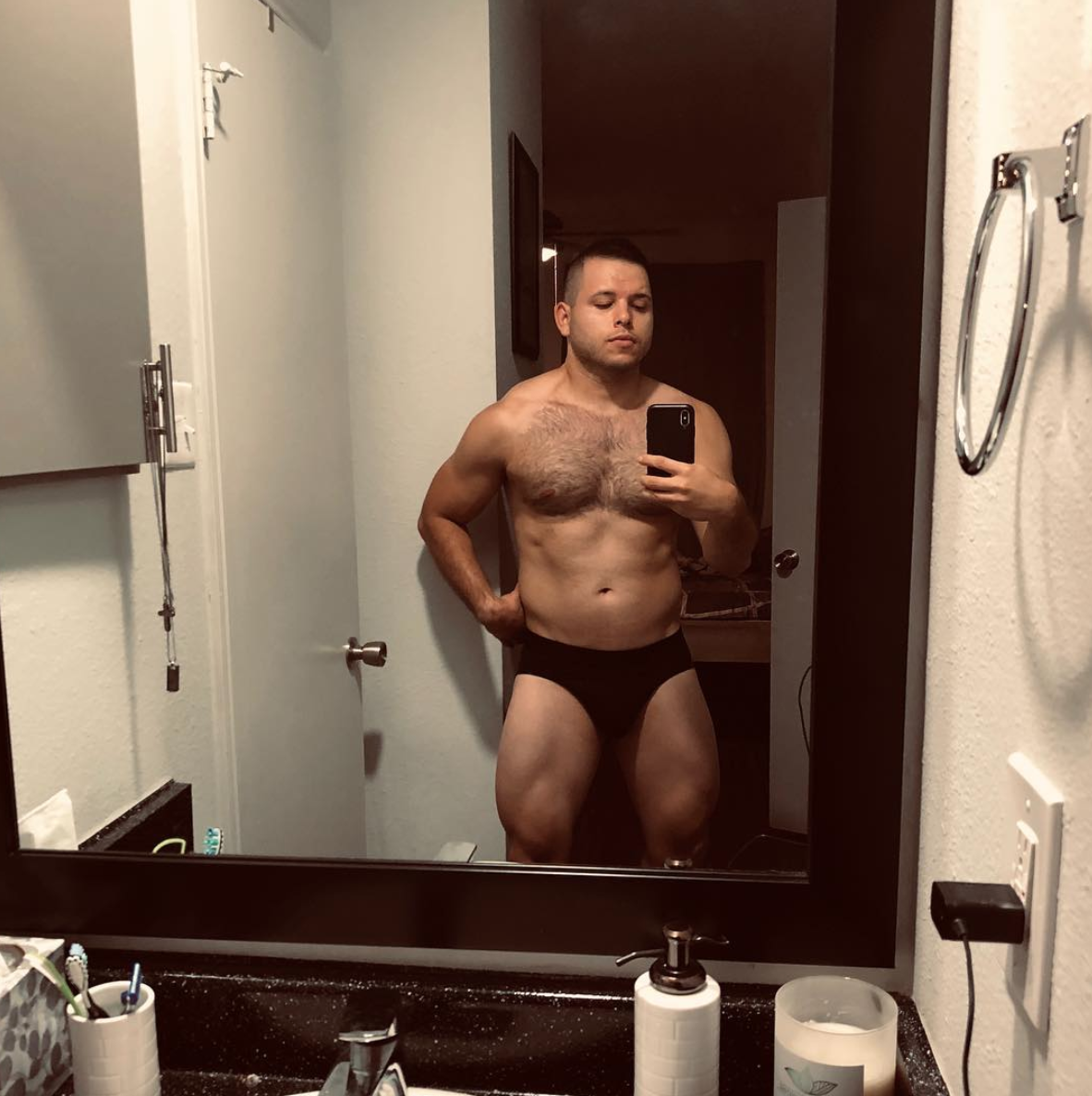


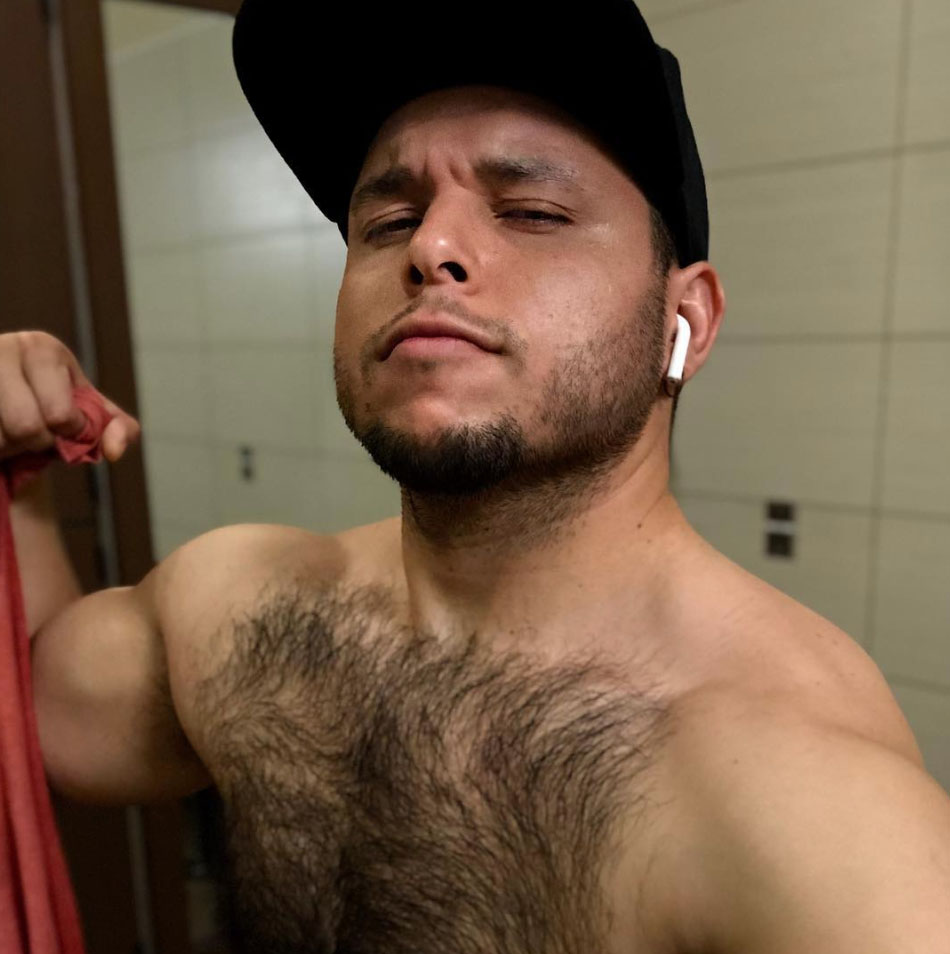
Garcia had two different Instagram accounts in the past, making his current one the third. He got rid of the other two accounts because of content he would rather not revisit: photos of his prior relationships, as well as being followed by friends of his former partners.
He's been single for the longest time, he said in a candid interview, which is why he uses his current Instagram account to post his thirst traps.
“I've started to work out every day, and as that progressed the attention that I've been receiving from the gay community is addicting in the sense that I want to keep posting,” he said.
But those arms, the chest and the thighs he shows off didn't come at an easy cost. Aside from being conditioned to working out on a daily basis, he also had to live with poor mental and physical health to get the type of body he has right now. He experienced firsthand what it feels like to live with body dissatisfaction, which for him contributed to an eating disorder.
Before coming out as a gay man, Garcia attempted to date girls when he was in the eighth grade. After being rejected by a girl he really liked, he started to think that girls didn't like him due to his weight at that time, “so I started making myself throw up,” he said.
As a teenager, living with bulimia became a norm for Garcia. As he and his friends went through puberty, he noticed that those around him were also thin. The difference was that he was thin because he'd conditioned himself to throw up anything he'd ingest in order to avoid caloric intake, and therefore avoided gaining weight.
“I've always had body image issues. I've been through bulimia and I've always wanted to look good. So this time around I wanted to change and stick to it,” Garcia said, adding that the compliments he receives on Instagram about his thirst traps are “encouragement to keep going.”
He unfollowed a lot of InstaGays and other gay accounts on Twitter who post their thirst traps and “pretend to be superior than other gays.”
“All these gays who are muscular and talk about themselves as alpha or the greatest guy ever, I unfollow because that just creates a toxic environment for others in the community,” Garcia said. “It's not healthy because that kind of behavior makes other gay men feel like they're not part of the community, or wanted.”
Rawlings said that a lot of gay men who internalize their body dysmorphia tend to unfollow accounts that include thirst traps, which he encourages to do because “research shows these accounts can have a negative impact on gay men.”
Garcia is different when posting his thirst traps. Instead of just posting a half-nude photo of himself, accompanied with a narcissistic caption, he talks about his day, asks his followers questions and engages with them—and even shares health tips.
“I always try to spread positivity, which is why I always share my workout routines through my posts,” he said. “If people want to look good, or better than they look now, I will give them advice because I'm not better than anyone.”
Garcia said he takes this approach because he sympathizes with other gay men who might think they do not fit the “ideal” body image that the majority of gay thirst traps project. He's been in that place, he said, and doesn't want others to go through what he went through.
Moreover, Garcia uses his thirst traps to attract more people to subscribe to his personal OnlyFans account.
OnlyFans is a social media outlet for influencers who want to obtain revenue from their photos, videos and status updates. People subscribe and pay a monthly fee to follow and have access to exclusive content certain influencers might not post on other social media platforms.
Garcia uses his OnlyFans account to upload homemade pornographic movies. He's not the only one doing this, however. Other gay men, and even heterosexual porn actors, also use the platform to sell their exclusive X-rated movies.
“After Tumblr went down I started posting more thirst traps on Twitter and Instagram so that I could promote my OnlyFans account,” Garcia said, noting that as his social media followers increased after he'd post a thirst trap, so did the number of his OnlyFans subscribers. “I guess my followers get curious and want to see what the rest of me looks like.”
For other gay men who post a thirst trap with the goal in making other gay men feel bad about their bodies, Garcia wished they were being healthy with themselves because he believes they “also have internal traumas to cover up and maybe that's why they want others to see them one way.”
But not all gay men who post thirst traps look the same: lean, buff or jock-like.
Both, bears (older and teddy bear-like men) and cubs (young version of a bear), celebrate their body regardless of its shape and size. And what better way to celebrate than to post their own thirst traps?
Jason Lo, 31, a self-described “bearded panda,” is a cub, but because of his Asian heritage he goes by panda.
He has arms that are very muscular and thick, and a belly that has some of his followers on Instagram comment, “I wanna rub it,” or others writing, “sexy Dr. Panda.” Some call him doctor because he has a Ph.D. in Musical Arts.
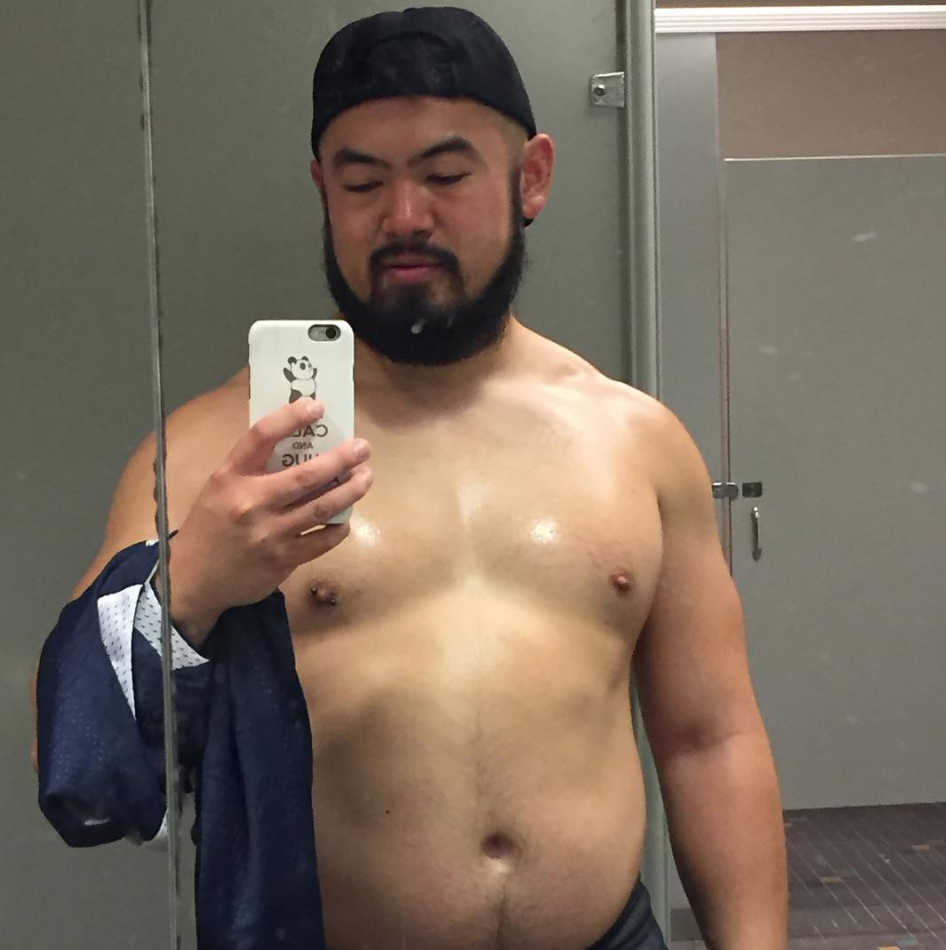
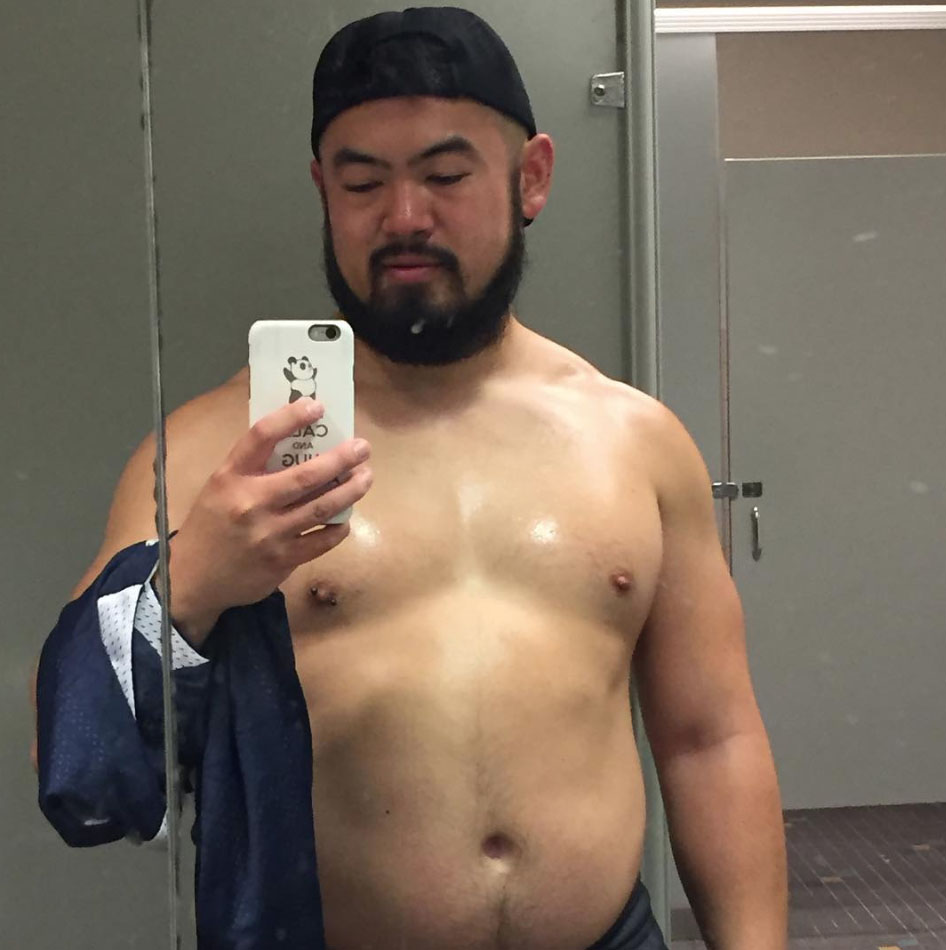
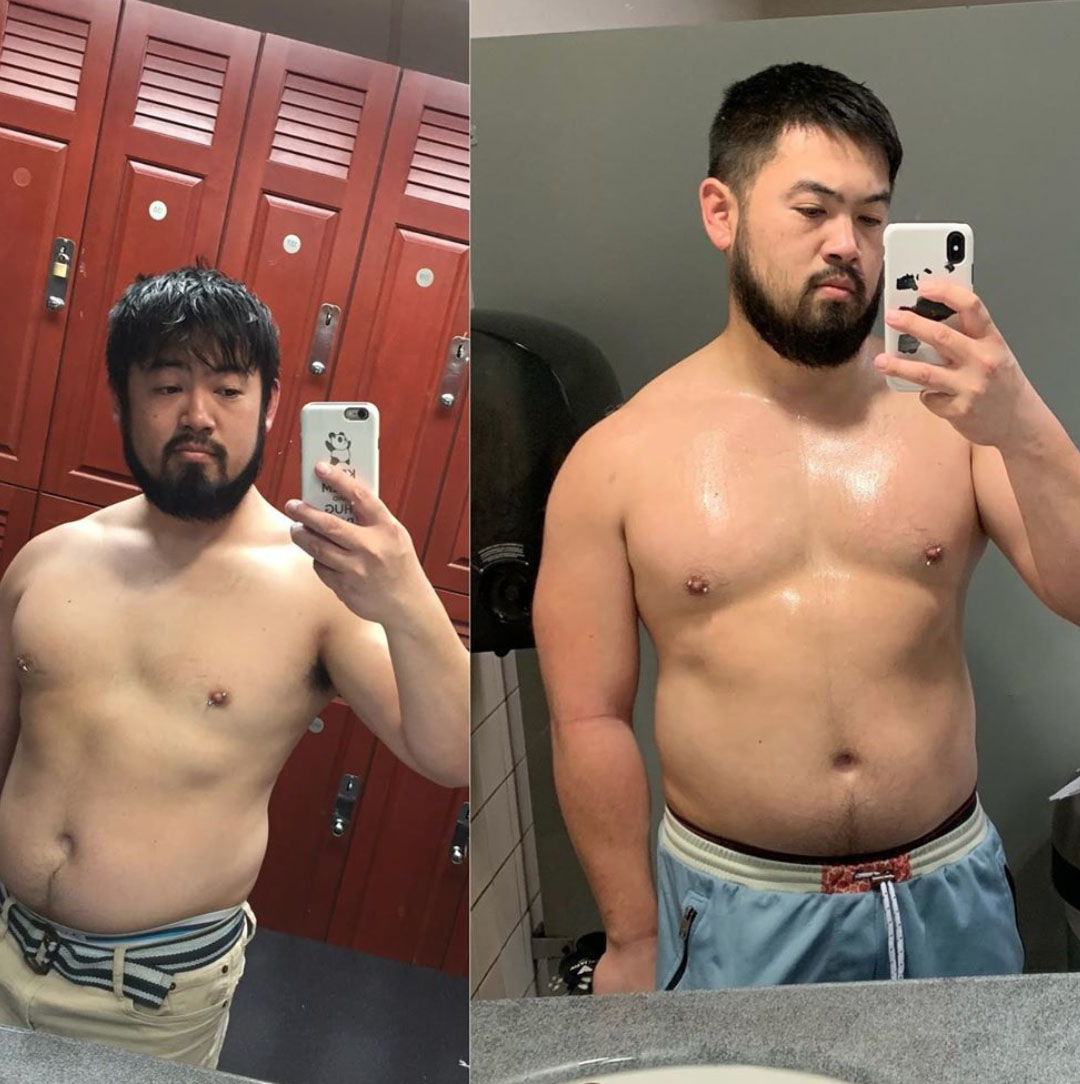
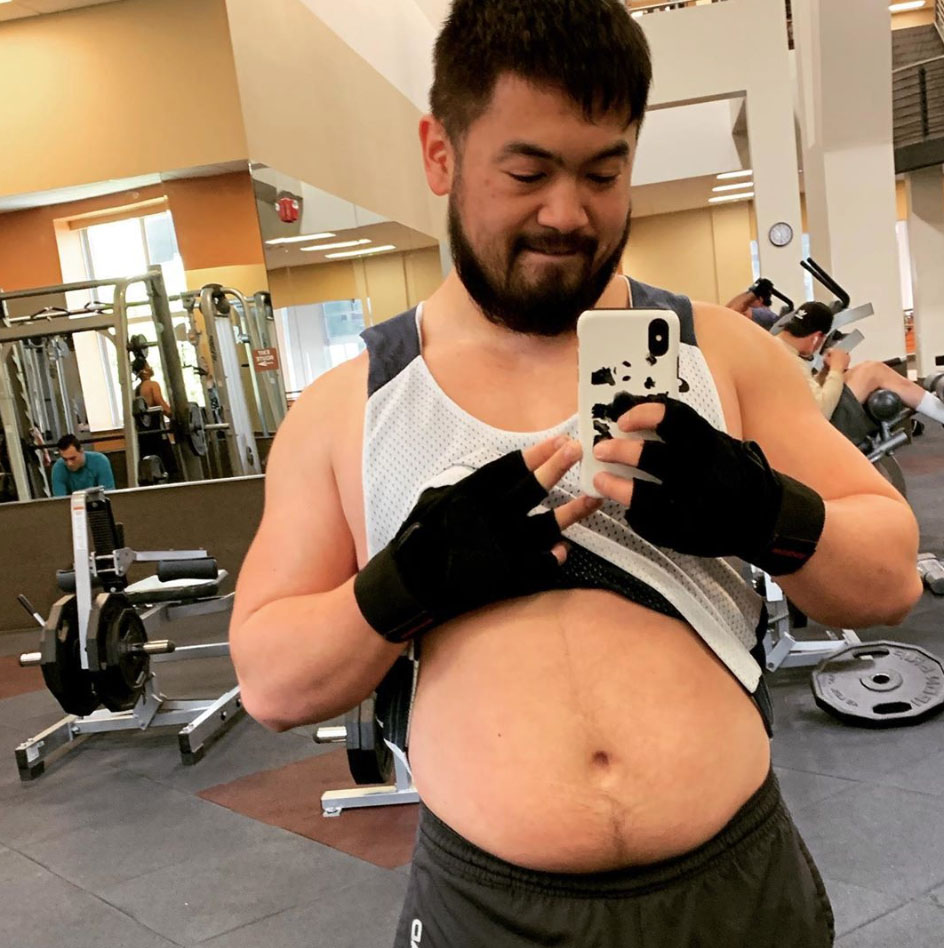
Lo has coined the hashtag #GayPanda so that other Instagram users can find his thirst traps by looking for just this hashtag.
But regardless of how much love and attention he gets on social media, Lo said in an interview that he never forgot the journey he'd been through in order to feel comfortable with his thirst traps that don't look like the mainstream one of a gay lean man.
Lo has lived with body dysmorphia throughout his life, which is why loving his body and conveying that same positivity on Instagram is important to him.
“My journey on how I got to the level of comfort that I am right now with posting my body on social media is thanks to the steps I took to take care of myself, my mental health,” Lo said.
He compared his process of self-care and body positivity to his education in music. In music school, Lo said, if he wasn’t good at a song he'd try all over again, not stopping until he felt he'd mastered and perfected his performance.
Likewise, he started to follow other gay men on Instagram who'd post thirst traps, and then started comparing his physique to theirs. And like in music school, he knew he wanted to feel better about himself, so he tried what some thirst trappers were promoting: working out.
“Because I've gone through body dysmorphia, when I saw these nice thirst traps, I would think to myself, 'well I can totally look like that if I put the energy,' or I would just feel inspired to go do something,” he said.
By posting his thirst traps on Instagram, Lo wants other gay men to know that a perfect body is not always “skinny, buff or tall. Other bodies—short, round, big, you name it—are part of that gay community, part of beauty,” he said.




